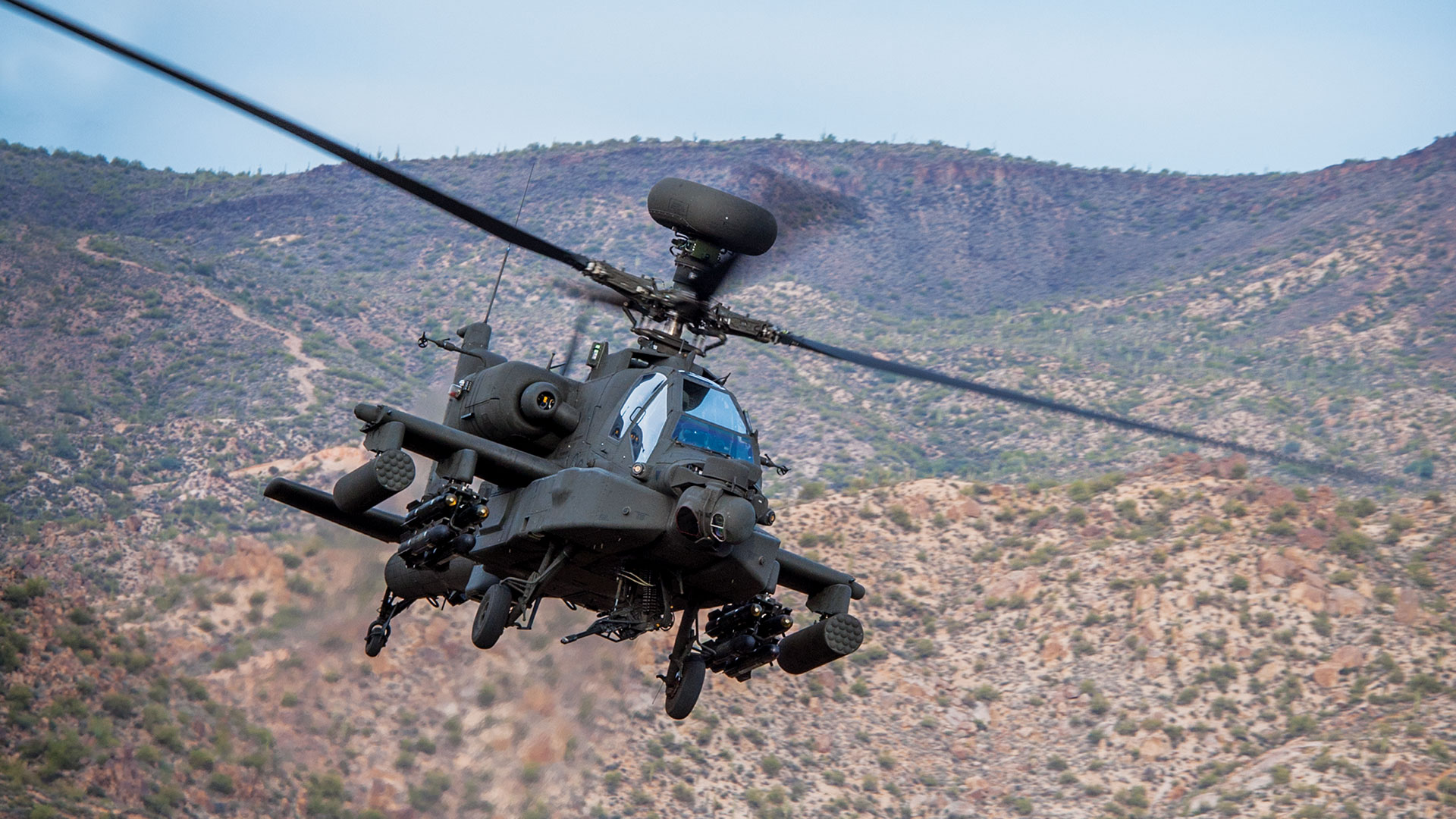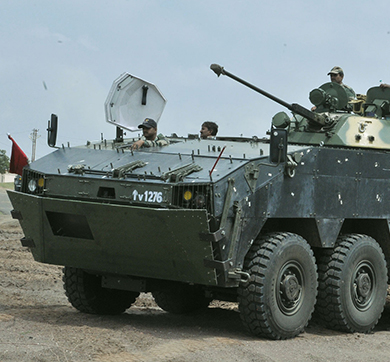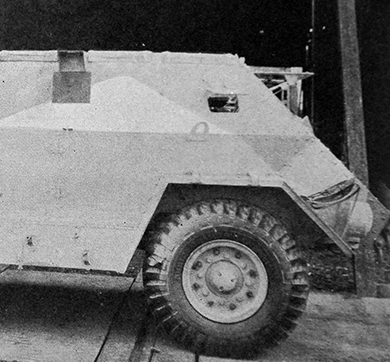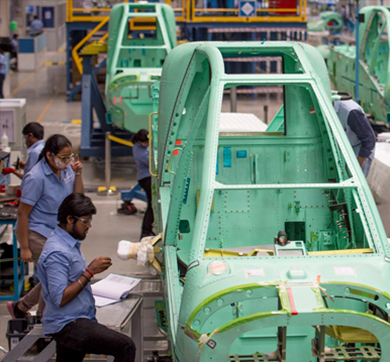June 2018 | 1390 words | 5-minute read
Picture a scene from a battlefield of the future, where the Indian armed forces are in combat.
Indian army soldiers could be air-dropped from C-295 aircraft. The Wheeled Armoured Amphibious Platform (WHAP) could be the vehicle of choice to insert soldiers (protected by high-quality light-weight bullet proof jackets) into a hot combat zone. Artillery support could be provided by the Advanced Towed Artillery Gun System (ATAGS) 155mm/52 cal howitzer and Pinaka Multi-Barrel Rocket Launcher (MBRL) systems, which can fire 12 rockets in a single salvo.
Intelligence on the location, strength and composition of enemy formations could be provided by a variety of unmanned aerial systems. During battle — irrespective of bad weather or low light — the soldiers could have recourse to the latest Night Vision Devices, Electronic Warfare systems and Perimeter Surveillance systems that allow detection of enemy troops at longer distances. All these components could be tied together by a next generation Battlefield Management System designed for tactical land forces to reduce the ‘Fog of War’.
F-16 fighter aircraft and AH-64 Apache attack helicopters could provide air superiority over the battlefield, while warships using Surface Surveillance Radars (SSR) and 3D Air Surveillance Radars could play a key role in blockading enemy routes.
What is common to all of these is that they could have either been made in India by the Tatas or feature a significant aerostructure/ system supplied by the company’s latest entity — Tata Aerospace & Defence (Tata A&D).
After decades of supporting the creation of a credible ‘Made in India’ backbone for the Indian armed forces, the Tata group is now consolidating its businesses across aerospace and defence sectors under one umbrella — an ambitious play to emerge as the largest player in India’s private sector defence industry. This will enable the Tatas to better target the immense procurement opportunities provided by the nation’s need to modernise the armed and paramilitary forces.
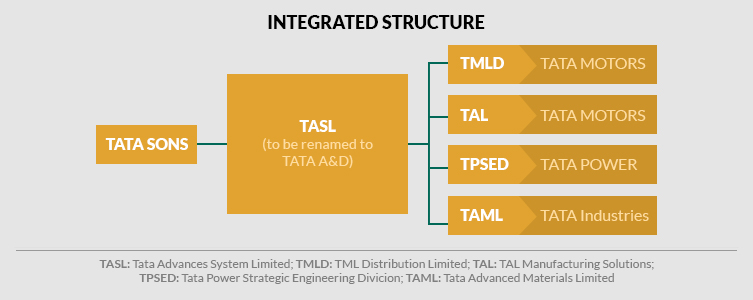
A New Era
“The formation of Tata A&D, a single unified entity, will allow us to better target emerging opportunities in aerospace and defence, and engage holistically with customers both in India and globally,” says N Chandrasekaran, Chairman, Tata Sons.
Tata A&D will bring together the group’s individual defence businesses to form a powerhouse with over 6,000 employees, and production facilities in the states of Telangana, Karnataka, Jharkhand, and Maharashtra.
“We have moved beyond providing individual products to developing integrated offerings across Land Mobility, Airborne Platforms and Systems, as well as Weapons Systems and C4I,” says Banmali Agrawala, president, infrastructure and defence & aerospace, Tata Sons. “Tata A&D, when formed, will be better equipped to execute larger and more complex projects and be more competitive.”
What India Needs
Given India’s geopolitical situation, the Indian armed forces have to be prepared at all times for conflict with nuclear armed adversaries. However, according to a recent presentation to the Parliamentary Standing Committee on Defence about the equipment available with the Indian Army, 8 percent is ‘state-of-the-art’, 24 percent ‘current’ technology and 68 percent ‘vintage’. The ideal ratio for a modern army is one-third each in the ‘state-of-the-art’, ‘current’ and ‘vintage’ categories.
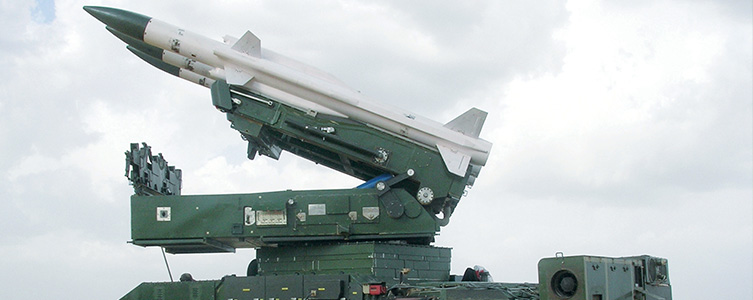
As a developing country with a large population, India faces significant budgetary constraints and every defence rupee must be stretched as far as possible. It is for this reason that the development of a homegrown defence industry, which can develop defence hardware not only for sale in India but also export, is vital. To foster the growth of the indigenous defence industry, the Ministry of Defence (MoD) has come up with the Strategic Partnership model, allowing a foreign firm to partner with an Indian company to manufacture larger platforms like aircraft, submarines, ships, and tanks in India, with greater value addition from within the country than in the past.
It is also vital in such a case that the Indian companies selected for this have the scale, skill, experience and nationalistic drive to make the necessary investments with support from the government. The Tata group’s extensive manufacturing and industrial experience brings much-needed economies of scale and efficiency to defence production in addition to a well-acknowledged ability to meet the Indian armed forces’ stringent requirements within timelines.
Mr Agrawala adds, “In India, Tata has built an industrial base in defence designed to complement and integrate with the efforts of the Defence Research & Development Organization (DRDO) and Defence Public Sector Units (DPSU).”
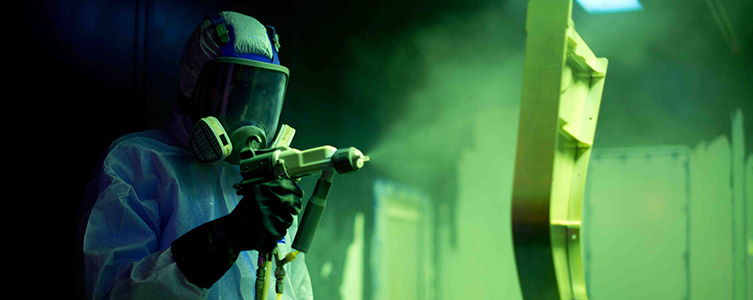
The 'Make In India' Charge
Tata A&D is now in the process of obtaining statutory and regulatory approvals for the combined entity. Work on the consolidation, however, has not halted the group’s accumulation of new milestones.
“Our partnership reflects a continued commitment to develop the aerospace and defence manufacturing ecosystem in India. The delivery of the fuselage within a year of the facility being operational is a huge boost to indigenous manufacturing. It also demonstrates our commitment to deliver high-quality products within a short span of time,” said Sukaran Singh, managing director and chief executive officer, Tata Advanced Systems Ltd. (TASL), the group entity which will unite Tata’s aerospace and defence business and be renamed Tata A&D.
Pratyush Kumar, president, Boeing India, said “Our investments in technology, capability and skilling are clearly paying off as evident from the quality and speed at which this delivery milestone has been achieved. We see this as a major step towards future opportunities to pursue the co-development of integrated systems in aerospace and defence.”
Bringing new aerospace and defence technologies and manufacturing processes is also vital to the growth of the aerospace sector in India. A 4,700 sqm metal-to-metal bonding facility in Hyderabad was inaugurated in April by Tata Lockheed Martin Aerostructures (TLMAL), a JV between TASL and Lockheed Martin. This technology, introduced in India for the first time, will enable increased indigenisation across various manufacturing programmes for complex aero-structure manufacturing.
An important development here is that the Tata Sikorsky Aerospace, which used to import at least 2,000 empennage parts for the Indian C-130J manufacturing programmes, will now transition this to TLMAL for production in India. TLMAL built C-130 empennages have also been fitted on aircraft delivered to the Indian Air Force.
Tata A&D also has the distinction of being awarded the first ever MoD contract under the ‘Buy and Make (Indian)’ category — 31 Surface Surveillance Radars for the Indian Navy. The contract includes installation, integration and commissioning of the radar systems onboard the Indian Navy warships. In November 2017, the MoD awarded another contract to the Tatas under the ‘Buy and Make (Indian)' category to boost the Indian Navy’s underwater surveillance capability against asymmetric threats. The requirement for Portable Diver Detection Sonar (PDDS) is not only an urgent one, but also one of the largest in the world market.
Vision For The Future
More than any other sector, it is aerospace and defence that call for a pioneering approach. In aerospace, Tata-led businesses have already emerged as global single source suppliers for a number of important fixed wing and rotary wing programs, and this bodes well for future ambitions in this domain.
In the defence domain, the end of an senior researcher with the Stockholm International Peace Research Institute (SIPRI) Arms and Military Expenditure Programme. arduous journey — from the development of component and systems level technology for defence equipment to the design, development and manufacture of complete platform solutions for use on land and in the air — is now in sight.
As a trusted partner to the MoD, armed forces and DRDO, Tata companies are playing an increasingly important role in defence programs of strategic importance.
The emergence of Tata A&D is an important new milestone in this journey. It signals not just the coming of age of the private sector industry in this sector but also the dawn of a credible indigenous defence manufacturing base.
Author Atul Chandra is a Bengaluru-based aerospace and defence journalist.




